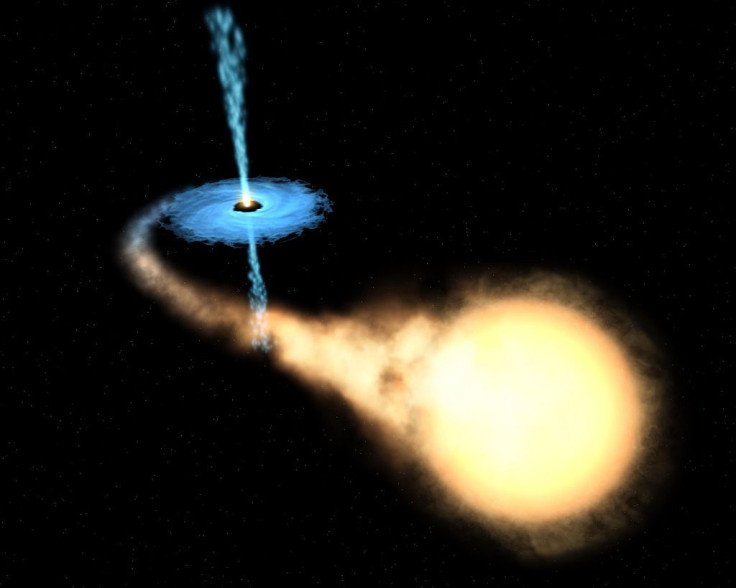Black Holes Described 'Supermassive' Discovered By Scientists

A group of astronomers recently discovered 83 quasars, celestial objects emitting massive energy, being powered by “supermassive” black holes located in a distant universe. The black holes are described as ancient and estimated to have existed in the early years of the universe.
The group, composed of scientists from Japan, Taiwan and Princeton University, said that the discovery significantly adds to the number of black holes that now exist. This led the scientists to believe that these regions are actually quite common and have existed in the first billion years of the universe. The joint research appeared in a series of papers which came out in The Astrophysical Journal and the Publications of the Astronomical Observatory of Japan.
"It is remarkable that such massive dense objects were able to form so soon after the Big Bang. Understanding how black holes can form in the early universe, and just how common they are, is a challenge for our cosmological models," Michael Strauss, a professor of astrophysical sciences at Princeton University, said.
The study reveals that the black holes are considered to be “supermassive” because of the brightness of the quasars. Because of this, the discovered black holes are estimated to be billions of times more massive than our sun.
To help with the research, the group used a sophisticated instrument called "Hyper Suprime-Cam" (HSC), which was mounted on the Subaru Telescope of the National Astronomical Observatory of Japan found in Hawaii. The camera HSC boasts of a gigantic field-of-view estimated to be seven times the area of a full moon. The research was done for 300 nights in a span of five years.
The discovered quasars in the study are about 13 billion light-years away from the Earth. To put it in perspective, we’re actually seeing them as it existed 13 billion years ago or about 800 million years after the creation of the universe we know now. According to Science Daily, as the Big Bang was estimated to have happened 13.8 billion years ago, we are now looking back in time with the recent black hole discovery.
"The quasars we discovered will be an interesting subject for further follow-up observations with current and future facilities. We will also learn about the formation and early evolution of supermassive black holes, by comparing the measured number density and luminosity distribution with predictions from theoretical models," Yoshiki Matsuoka, a former Princeton researcher now at Ehime University in Japan who led the study, said.
© Copyright IBTimes 2024. All rights reserved.





















